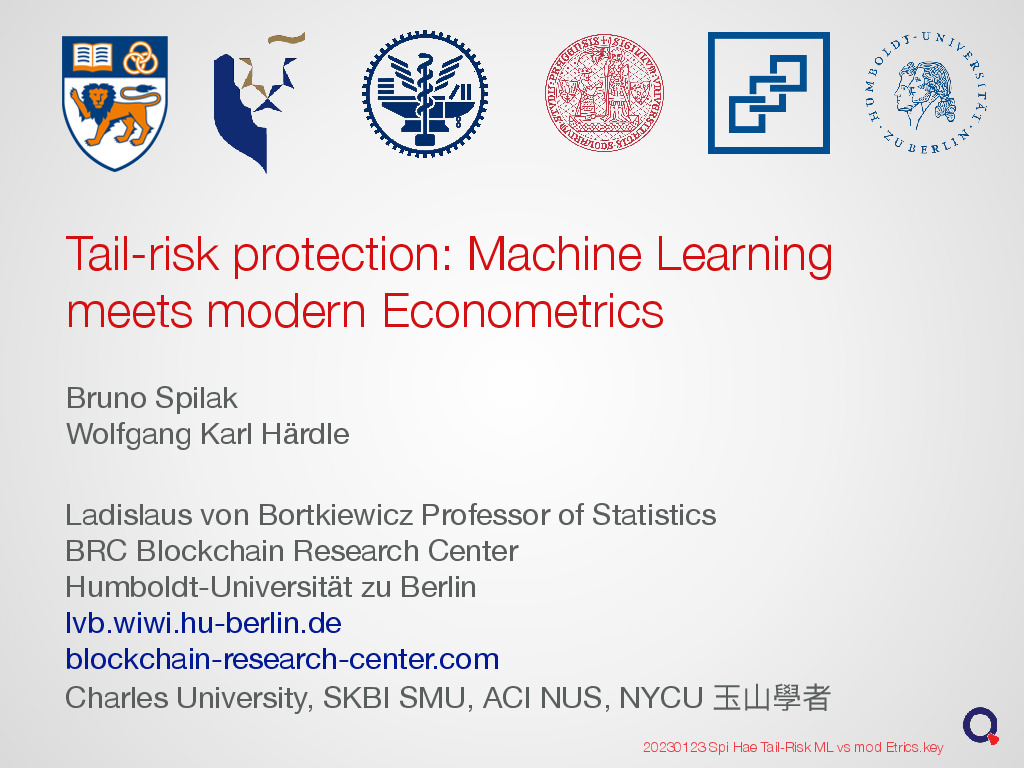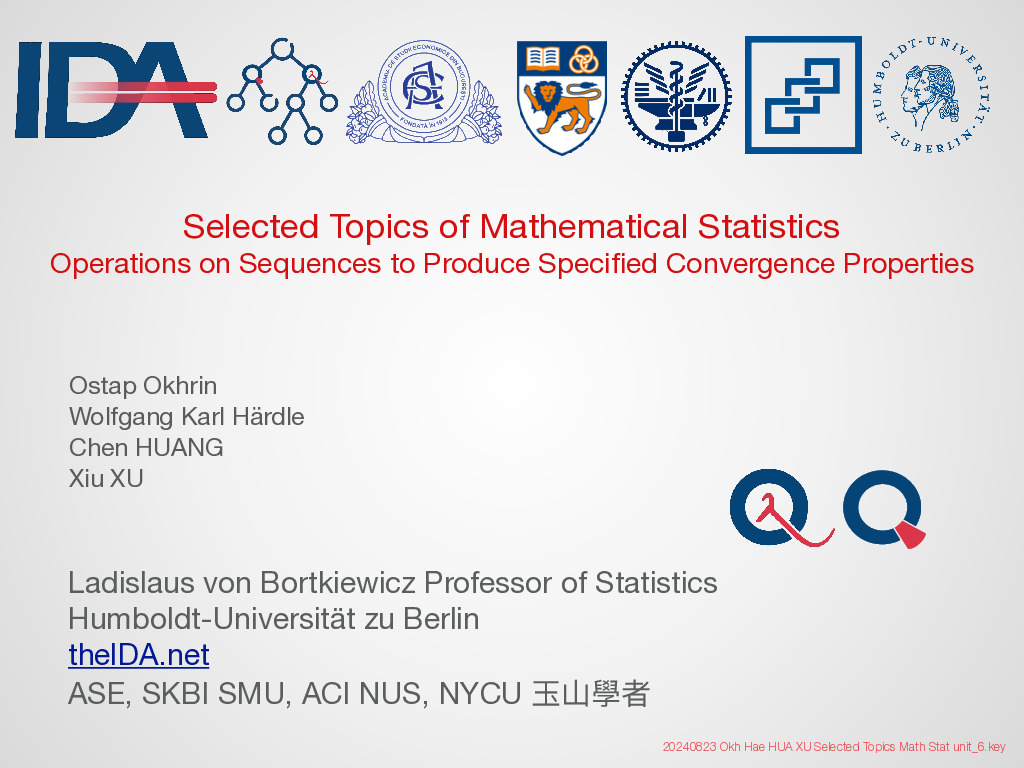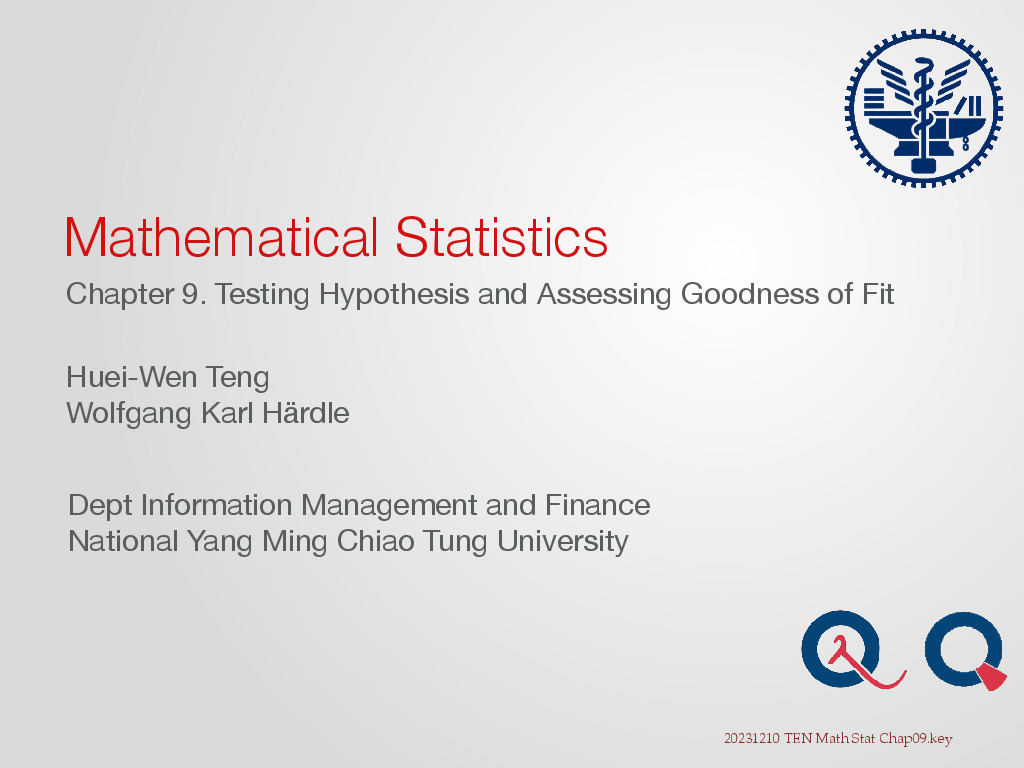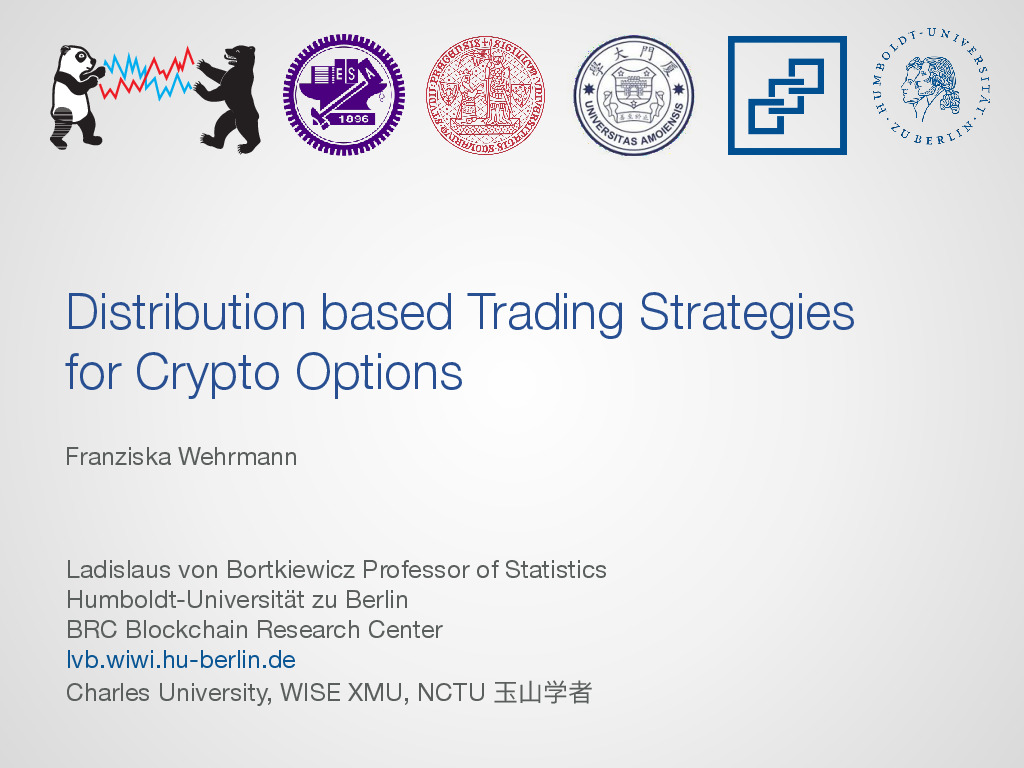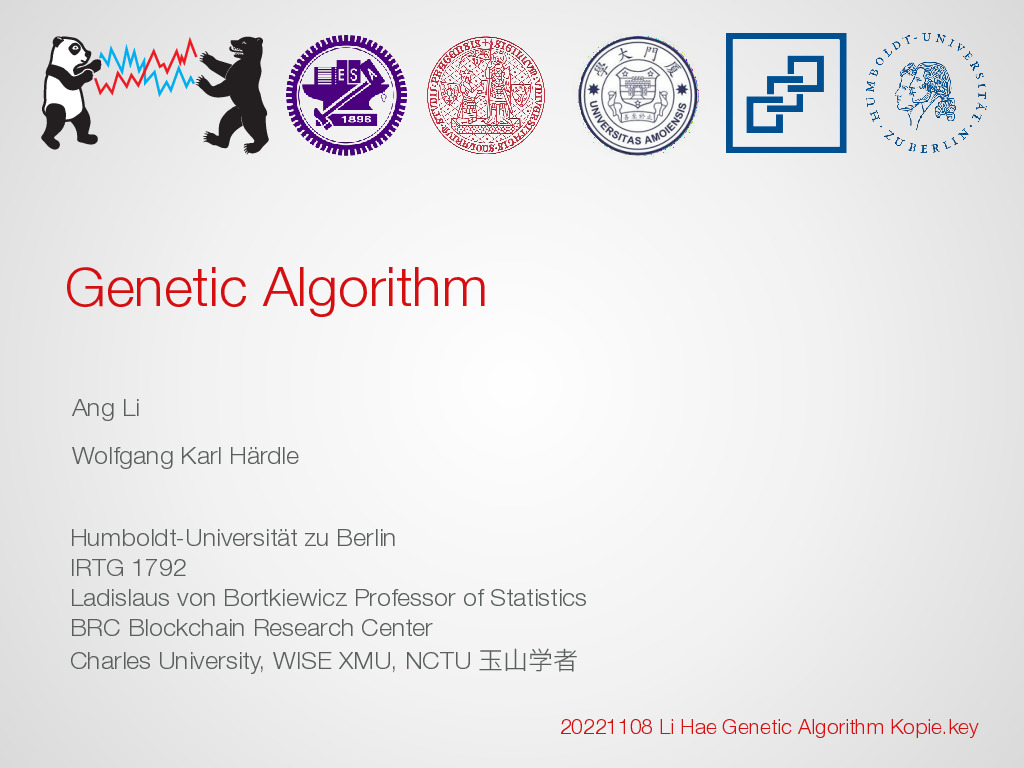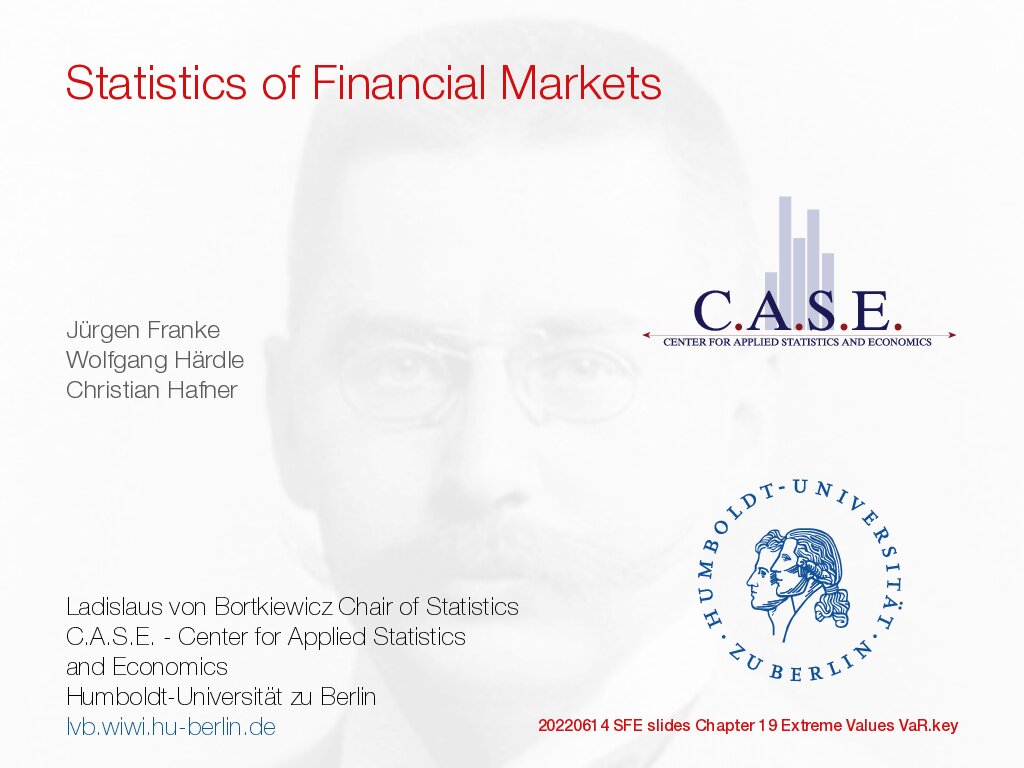Tail-Risk Protection: Machine Learning Meets Modern Econometrics
-
- 0 Rating
- 0 Reviews
- 7 Students Enrolled
Tail-Risk Protection: Machine Learning Meets Modern Econometrics
This is the courselet for the paper: Spilak, B., Härdle, W.K. (2021). Tail-Risk Protection: Machine Learning Meets Modern Econometrics. In: Lee, CF., Lee, A.C. (eds) Encyclopedia of Finance. Springer, Cham. https://doi.org/10.1007/978-3-030-73443-5_94-1
-
- 0 Rating
- 0 Reviews
- 7 Students Enrolled
Requirements
- Time series analysis, neural networks
General Overview
Description
Tail risk protection is in the focus of the financial industry and requires solid mathematical and statistical tools, especially when a trading strategy is derived. Recent hype driven by machine learning (ML) mechanisms has raised the necessity to display and understand the functionality of ML tools. In this paper, we present a dynamic tail risk protection strategy that targets a maximum predefined level of risk measured by Value-At-Risk while controlling for participation in bull market regimes. We propose different weak classifiers, parametric and non-parametric, that estimate the exceedance probability of the risk level from which we derive trading signals to hedge tail events. We then compare the different approaches both with statistical and trading strategy performance, finally, we propose an ensemble classifier that produces a meta-tail risk protection strategy improving both generalization and trading performance.
Recommended for you
Meet the instructors !
Bruno Spilak is currently a research associate and PhD student at Humboldt University of Berlin with International Research Training Group IRTG1792 “High dimensional non stationary time series analysis”.
Along with a double masters degree in Statistics from Humboldt-Universität and ENSAI (a french Engineer Grande École), he has a rich background in research, scientific presentations and teaching.
Since 2018, he has co-taught graduate level courses related to smart data analysis, machine learning and mathematical statistics at his current institute and completed various research projects related to statistics, econometrics, machine learning and finance.
In parallel, Bruno has worked in multiple startups in Berlin as a Machine Learning scientist and co-built automated KYC products with deep computer vision tools.
Presently, he is working on the methodology to construct portfolios with non-parametric statistics tools such as neural networks.




